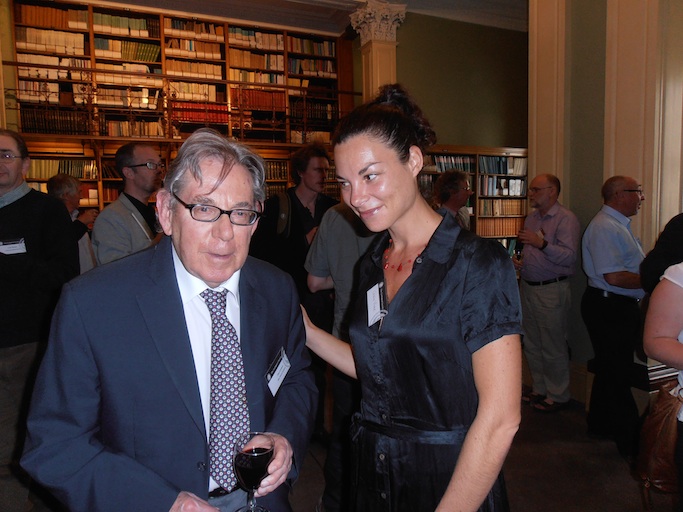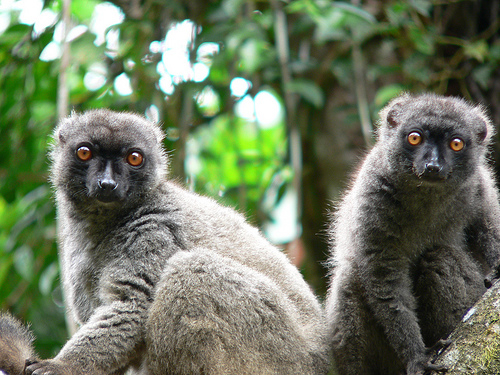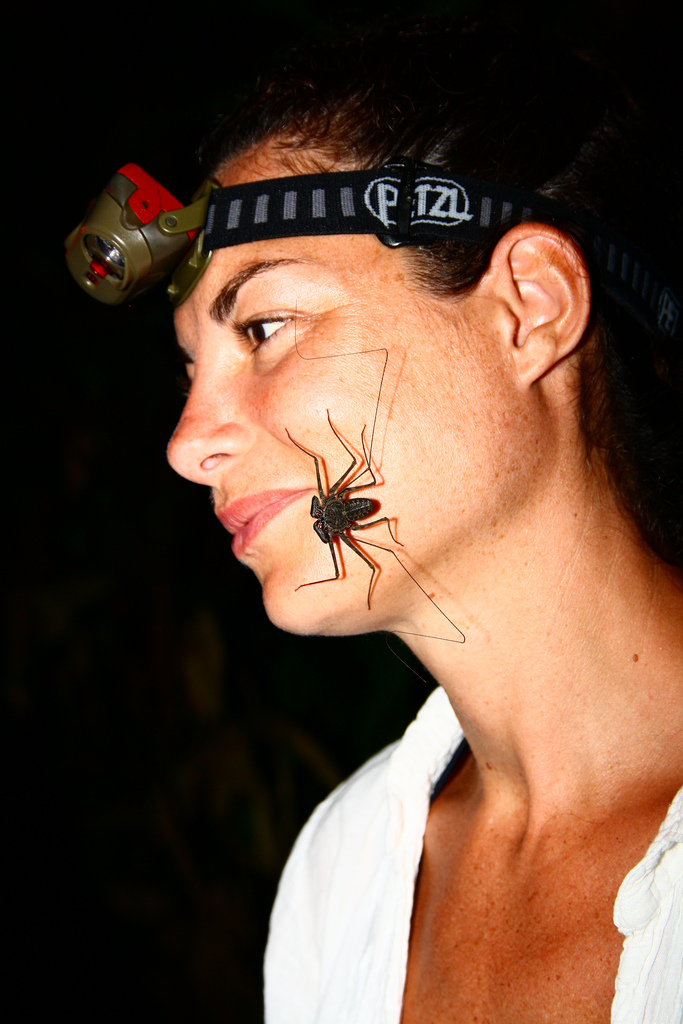At the end of 2008, I set off on a journey to explore the world at this exciting time in its history, to meet the people experiencing our global environmental impacts – to tell the story of the new Anthropocene. I found tales of dams and mines, of floods and drought and melting glaciers. And I discovered just what a resourceful, resilient and ingenious species we are.
You can follow my extraordinary journey by clicking here.
What’s the Anthropocene?
These are epoch-making times. Literally. We are living at an exciting stage in our planet’s 4.5 billion year history; Earth is crossing a geological boundary and we humans are the changemakers.
Geologists are calling it the Anthropocene, ‘the Age of Humans’, recognising our species’ ascent to a geophysical force on a par with earth-shattering asteroids and planet-cloaking volcanoes. How we choose to wield this force may determine not simply our own survival, but that of life on Earth. In my award-winning book Adventures In The Anthropocene: A journey to the heart of the planet we made, I explore this new age and what it means for humans and our relationship with nature.

With Paul Crutzen, who came up with the term Anthropocene
Humans have so changed the planet that our effects will be seen in the fossil record as far away as 10 or even 100 million years time. It takes a psychological leap to understand that we are having a planetary effect of this magnitude; that the Earth beneath our feet is no longer as impervious to our mortal lives as we thought.
From the amount of carbon dioxide we’ve put into the atmosphere by burning fossil fuels, to the amount dissolved into the oceans, making it more acidic… From the amount of rocky planet material we move through mining and other excavations (currently four times what is moved naturally by glaciers and rivers), to the way we are changing and rerouting freshwater supplies, more than half of which is now under human management… From the numbers and abundance of species (we are likely at the start of the world’s 6th great extinction) to the way they are distributed around our planet, from invasive species to forests and farmland (there are more trees in agricultural zones than in forests)… From the energy we produce (likely to exceed that released by tectonic activity within 50 years), to the way we distribute nitrogen…. Three-quarters of the Earth’s ice-free surface has been modified by humans.
We have changed the planet for the benefit our our species: we now live longer and in greater numbers than ever before. We have exceeded natural limits to improve our species’ survival and quality of life. For example, modifying the nitrogen cycle by creating artificial fertilisers has allowed us to produce bigger and better crop harvests by overcoming the time it takes for plants to fix nitrogen out of the atmosphere. Damming rivers and lakes has given us secure access to freshwater outside of the natural rainy seasons. And unleashing the enormous calorific value of fossil fuels from coal to oil has allowed our species to move around our entire planet in a matter of hours. We have become a truly dominating force – we have taken over our world.
Now, we will need to use our unmatched intelligence to to continue to shape the planet for our own survival.
This is a uniquely critical time in our planet’s history, in which climate change, globalisation, communications technology and increasing human population are changing our world as never before. The developing world is experiencing these impacts more obviously and sooner than the rich West – they are already feeling the effects of biodiversity loss, erratic weather patterns, glacial melt and forced migrations, for example – and I am documenting these impacts, talking to ordinary people, scientists and heads of state as I travel in the Anthropocene.
Gaia
Follow @WanderingGaia


Gaia,
In the recent New Scientist article [on-line] on surviving a world 4deg warmer, your work is referenced. Taking its theme of human ingenuity to the limit, has any work been done on the surface area required (and solar power to run it) for an artificial photo-synthesis system to balance the CO2 we add?
Michael
this sounds like an amazing adventure! good for you!
there is a book – some where out there….by a guy from the staff of the new yorker (??) who did this 10 or so years ago – great amazing book (which I lost or lent….yrs ago)
if you can get your hands on it you should try…
if you ever have a moment shoot us a note at our blog – we look for special young people to give small weekly awards to…if you meet some one you think is terrific and think we should reward them – jsut let me know…
best,
dan
I’ve met so many environmental heroes, it would be great if they received some money. I’ll give it some thought and get back.
hey there – sent you a note(s) on twitter….we would like you to be one of our winners! and if you are going to be doing this a while we might help you out – maybe evey 4 or 6 weeks…you could do a blog or short clip for our site??
we think what you are doing is so amazing and can be very educational to kid in the US…
what do you think?
can u shoot me an email…that is easier for me…also ck out our site – leave a note if you like!
best,
dan
Thanks Dan, that’s lovely. I’m sorry not to respond but I’m travelling around and only snatching a few mins here and there, but will be still from Tuesday.
Ooh There are many excellent posts here on your blog.
Gaia,In the recent New Scientist article [on-line] on surviving a world 4deg warmer, your work is referenced. Taking its theme of human ingenuity to the limit, has any work been done on the surface area required (and solar power to run it) for an artificial photo-synthesis system to balance the CO2 we add?Michael
+1